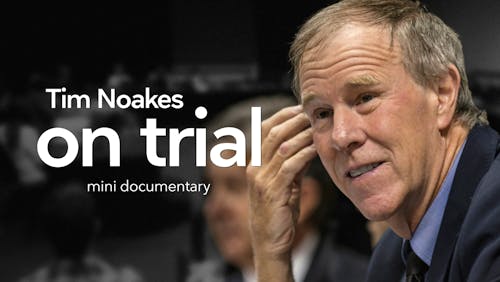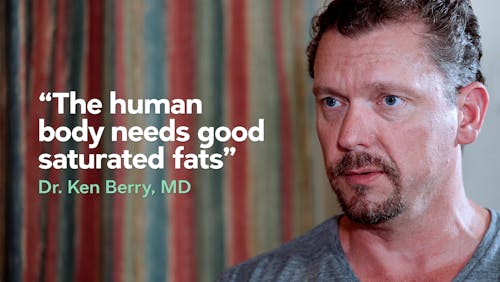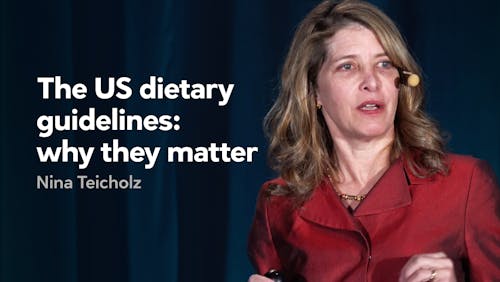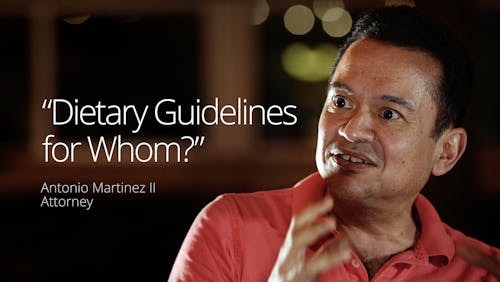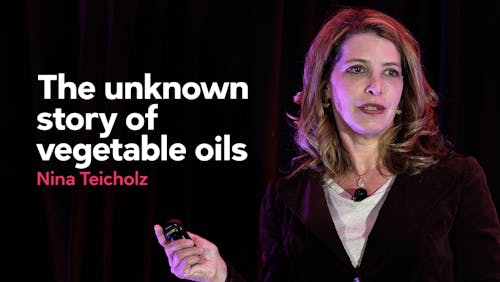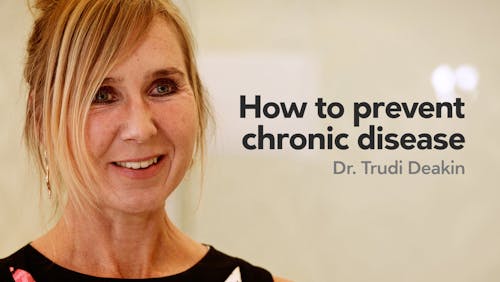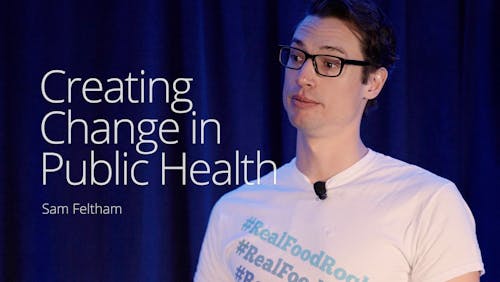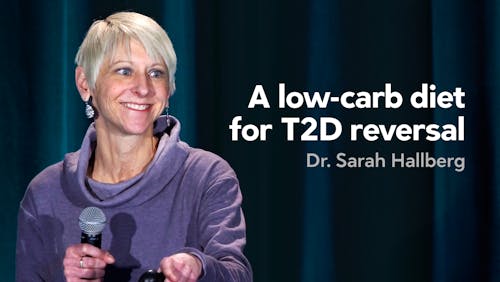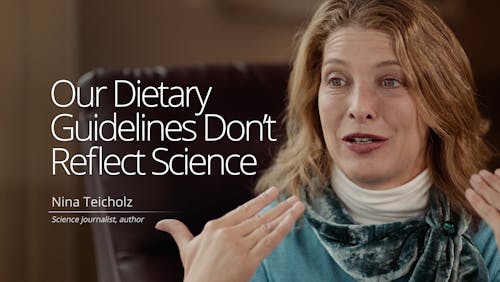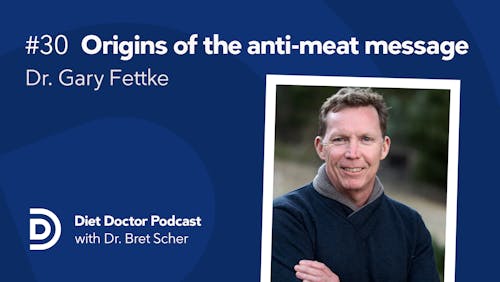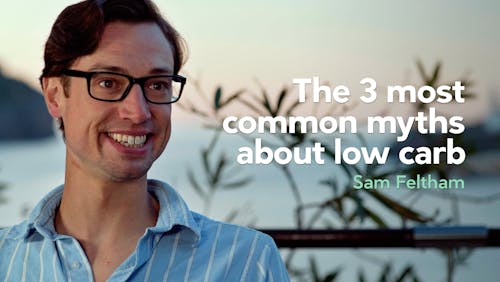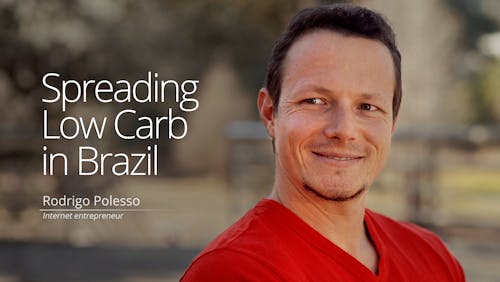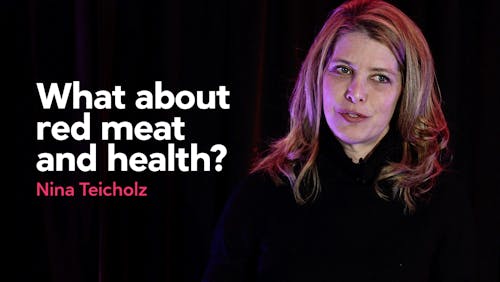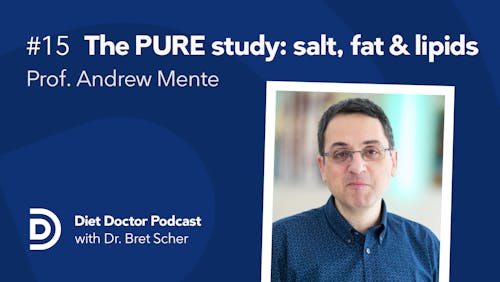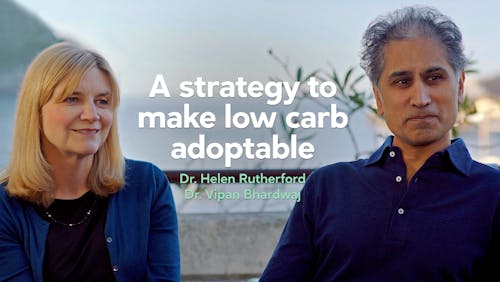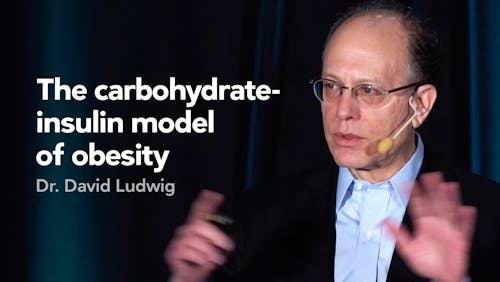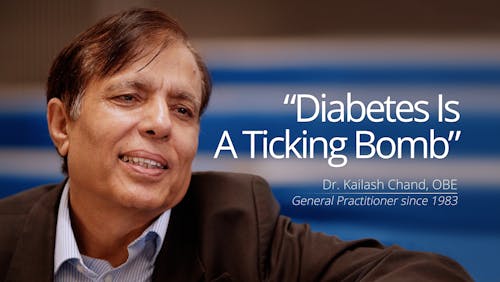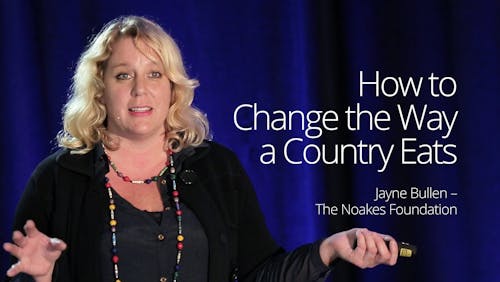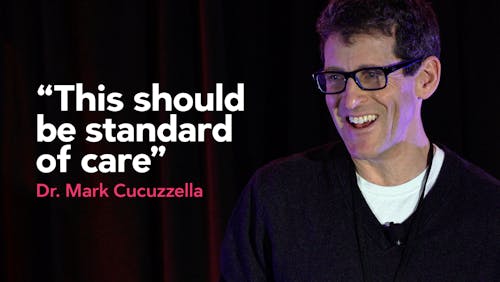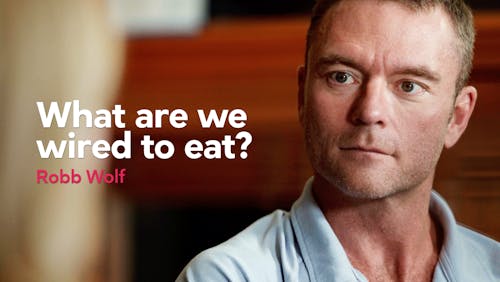High-profile ad urges low-carb approach to dietary guidelines
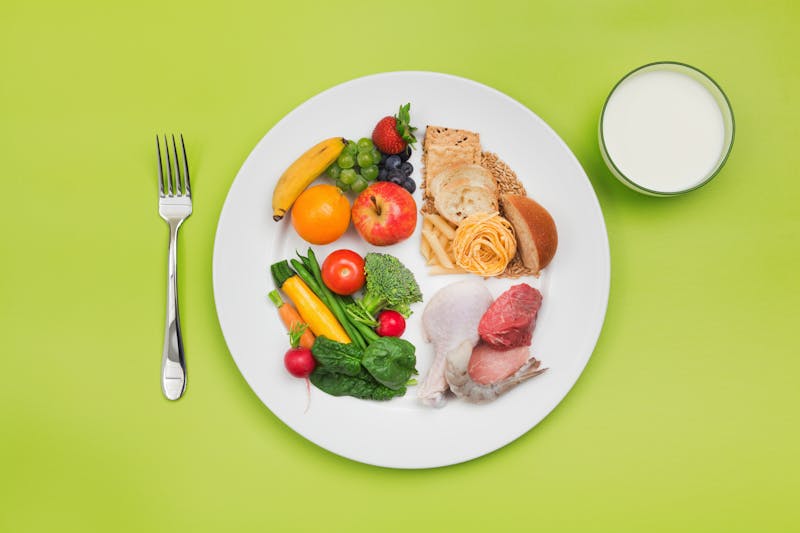
More than 50 US doctors have signed a prominent ad placed in both The New York Times and The Washington Post advocating for a low-carb approach to the new dietary guidelines.
The ad appeared July 9, the day before the next round of scientific meetings and deliberations about the guidelines were to start, July 10 and 11, in Washington D.C.
Spearheaded and paid for by Atkins Nutritionals, the company founded by Dr. Robert Atkins who popularized the low-carb “Atkins” diet in the 1970s, the ad was signed by many high-profile, low-carb doctors including Jeffry Gerber, Sarah Hallberg, David Diamond, Eric Westman and more.
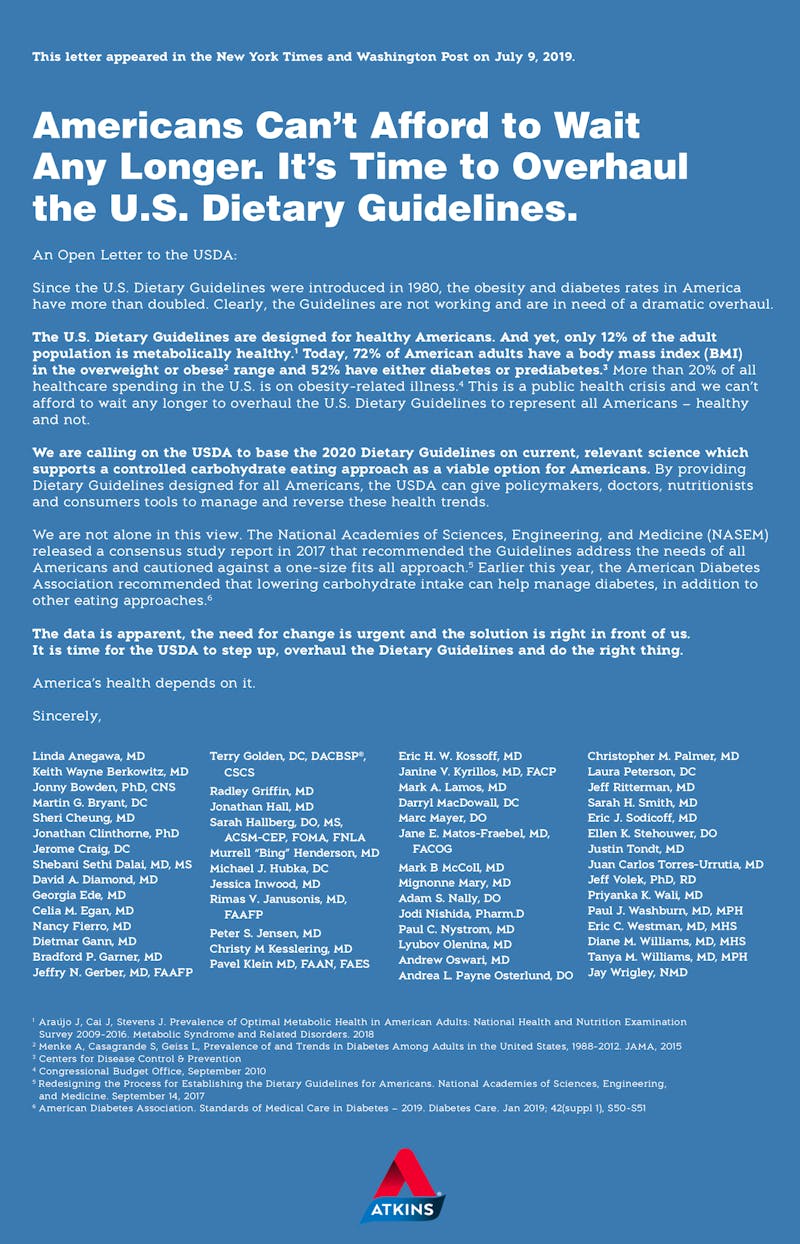



The ad is an open letter to the US Government’s Department of Agriculture (USDA), urging it to base the 2020 Dietary Guidelines on current, relevant science which supports a controlled carbohydrate eating approach as a viable option for ALL Americans. The ad said:
“The U.S. Dietary Guidelines are designed for healthy Americans. And yet, only 12% of the adult population is metabolically healthy. Today, 72% of American adults have a body mass index (BMI) in the overweight or obese range and 52% have either diabetes or prediabetes…. This is a public health crisis and we can’t afford to wait any longer to overhaul the US Dietary Guidelines to represent all Americans – healthy and not.”
The Atkins company also put out a press release describing the reason for the ad, noting the guideline’s Advisory Committee is currently holding its second set of meetings to begin shaping their recommendations to the USDA and Health and Human Services for the 2020 guidelines.
Atkins: Call To Action For Guidelines to Benefit All Americans
Earlier this year, journalist Nina Teicholz, founder and executive director of the Nutrition Coalition, wrote about how at the first meeting in March 2019, some delegates were very surprised that the guidelines are deemed to be only aimed at “healthy” Americans. That leaves out the more than 70% of people who now are overweight, obese, or have metabolic disease.
The Atkins ad focused its call to action to make the guidelines science-based and relevant to ALL Americans, healthy and not.
The high-profile ad garnered Twitter support but also condemnation. An op-ed in The Hill, a political newspaper published in Washington, urge government officials to ignore the ad. The op-ed was written by Susan Levin, MS, RD, of the Physicians for Responsible Medicine, a lobby-group that promotes plant-based diets. “Atkins Nutritionals, Inc. shouldn’t be able to sway federal food policy that influences what Americans eat,” the op-ed charged. It advocated an even greater increase in fruits, vegetables and healthy grains in the guidelines.
The Hill: Don’t listen to Atkins call for cutting carbohydrates in the Dietary Guidelines
The new dietary guidelines are expected to be released in 2020 and are the basis for meals served in schools, hospitals, the military, and senior homes; the guidelines also influence what doctors can tell patients about healthy eating.
The agenda, topics, committee members and presenters for the two days of meetings can be found on the USDA website here.
For more on what is at stake with the formation of the 2020 dietary guidelines, please listen to the recent Diet Doctor podcast with Nina Teicholz: A hope for the nutritional guidelines.
Earlier
Commentary: Doctors concerned about Canada’s new food guide
Global obesity report: Big food should lose its seat at the table

